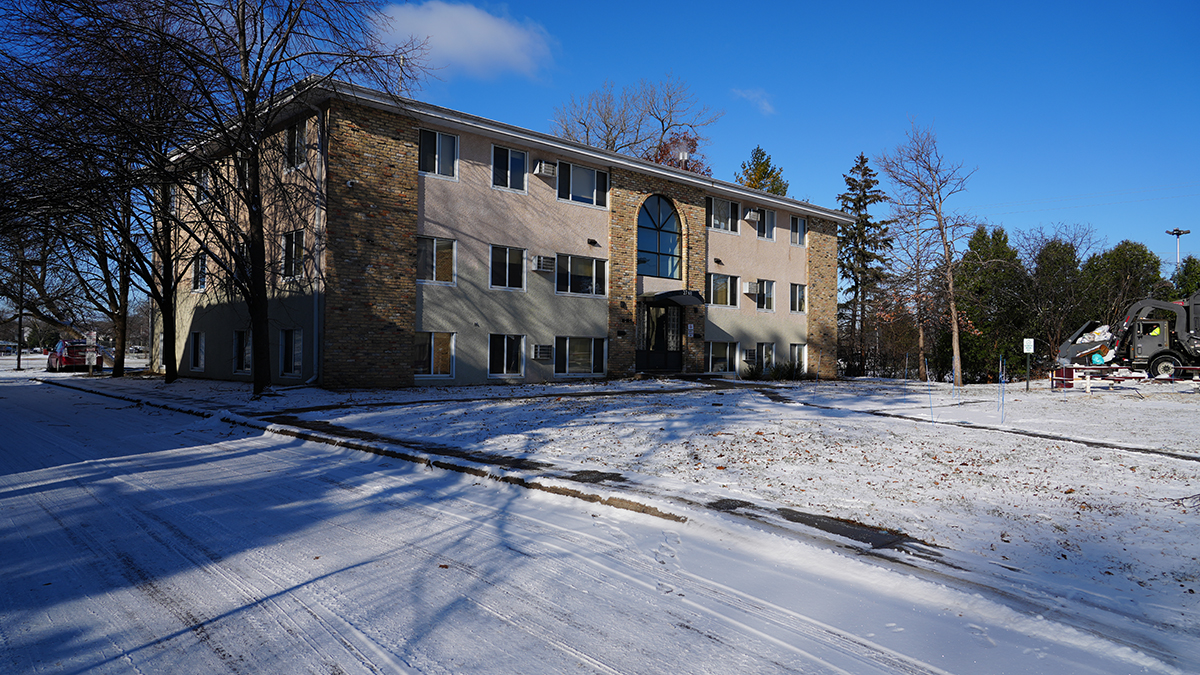
Community Stabilization: Distressed Multifamily Rental Building Program
The Community Stabilization Program was established pursuant to Minnesota Laws 2023, chapter 37, article 1, section 2, subdivision 29 and Minnesota Laws 2023, chapter 37, article 2, section 6 as a one-time program to preserve Naturally Occurring Affordable Housing.
Minnesota Laws 2024, chapter 127, article 14, section 11 and Minnesota Laws 2024, chapter 127, article 15, section 38 amended the appropriation for the Community Stabilization Program, specifying that $50,000,000 is to be used to provide loans or grants for the recapitalization of distressed buildings. Of this amount, up to $15,000,000 is for preservation or Recapitalization of housing that includes Supportive Housing.
Community Stabilization: Distressed Multifamily Rental Building Program Guide
The Distressed Multifamily Rental Building Program RFP is closed
Minnesota Housing anticipates presenting the Distressed Multifamily Rental Building selections to the board of directors and announcing funding selections at dates yet to be determined.
eNews Information
Sign up to receive our eNews to receive timely updates about the Community Stabilization: Distressed Multifamily Rental Building Program.